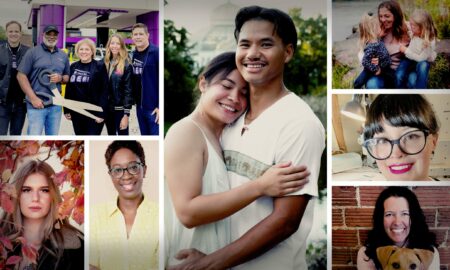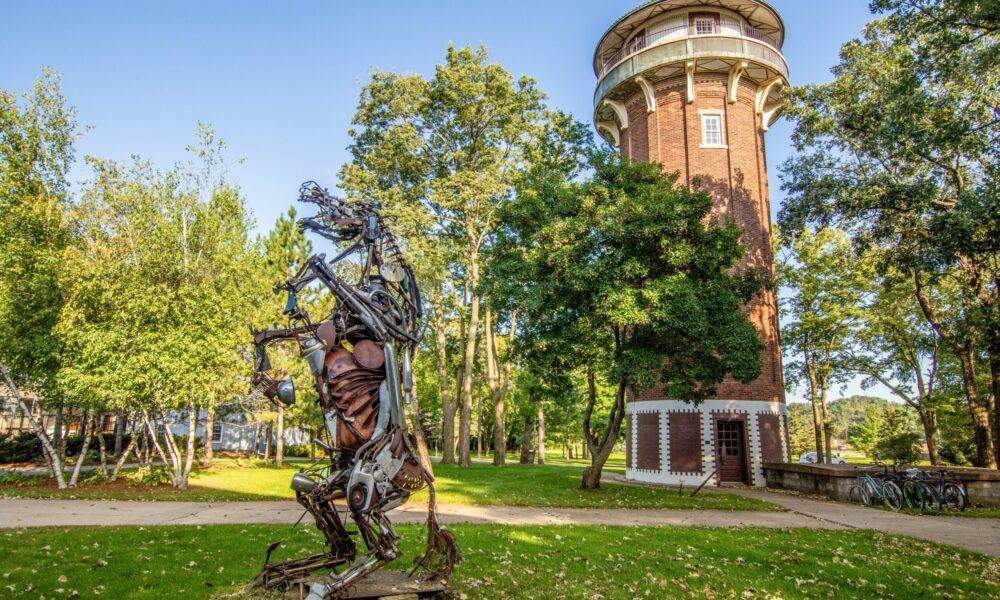

Today we’d like to introduce you to Stephanie Rogers.
Hi Stephanie, it’s an honor to have you on the platform. Thanks for taking the time to share your story with us – to start maybe you can share some of your backstory with our readers?
The Tower View Estate was built between 1915 and 1922 by Dr. A.P. Anderson and his wife, Lydia. The Andersons created a campus of buildings that served as their family home, working farm, and research laboratories. A.P. is the inventor of the equipment that allowed grains to be puffed on a commercial scale, introducing the world to puffed wheat and puffed rice, changing the way Americans eat breakfast, and increasing storage stability for grain crops. In 1995, the Anderson Center at Tower View was founded as a non-profit organization to use the inspiring setting of Tower View to support the creative process.
Anderson Center at Tower View is now in its 28th year as a creative community, and we’ve hosted more than 800 artists and scholars in residence from 46 states and more than 40 foreign countries. Anderson Center is also home to 20 studios where artists and creators from the Red Wing area do their creative work. We offer a year-round program of professionally-presented public programs to the community, including the Minnesota Children’s Book Festival, concerts and literary readings in the renovated historic barn, and visual arts exhibitions. A.P. was a polymath who engaged with and was interested in multiple fields, and that spirit of work and dialogue that doesn’t fit neatly into disciplines or genres very much informs Anderson Center’s approach to arts and ideas. When we use the word “artist,” we mean all art forms, including visual, literary, and performing arts and beyond.
I have been a part of the Anderson Center since February 2018, when I started my role as the fourth Executive and Artistic Director of this organization. I’m a photographer by training and a working visual artist with a background in collaborative community art projects, gallery management, and multi-media projects. I’ve always worked for small, nimble organizations that ask me to bring a wide skill set to the table in roles where two days never look alike. I love creative problem-solving, and I love artists. The artistic process asks us as humans to think critically, work through challenges, and overcome self-doubt. As our society and world face challenges ranging from political polarization to climate change, we need the skills that artists exercise every day.
I was born in Rochester, Minnesota, but mostly grew up in Chillicothe, Missouri. At the time, Chillicothe had a population of about 8,000 and was the biggest town for more than an hour’s drive in any direction. I loved making things with my hands and wanted to be an artist for as long as I can remember, but major cultural institutions were a long way away, and I was 15 when I visited my very first art museum.
In my early 30s, in graduate school in Philadelphia, I worked with undergrads who had experiences as teenagers that I could never have imagined. They had access to college and museum community education programs, taking drawing classes and engaging with leading cultural institutions while still in high school. I believe that small towns deserve access to high-quality arts activities and that kids growing up in those towns benefit from knowing both that a career in this field is possible and from understanding what it takes to succeed in a competitive and under-resourced industry.
I’m committed to doing artistic and cultural work in small-town environments and thrilled to be at the Anderson Center and in Red Wing, Minnesota. Supporting other creative people and ensuring responsible stewardship of the organization and its resources is rewarding for me, and I’m grateful to the amazing team of people (board members, staff, volunteers, members, supporters, and ARTISTS) who make the Anderson Center possible.
Can you talk to us a bit about the challenges and lessons you’ve learned along the way. Looking back, would you say it’s been easy or smooth in retrospect?
My own professional path definitely has not been a straight road. I entered the job market at the beginning of the 2008/2009 recession, and I’ve had a dozen different jobs along the way. After finishing my B.A., I worked as a professional housepainter, a services coordinator at a veterinary clinic, and a stockist at a small grocery store. I have been a professional graphic designer, an arts program intern, an artist’s assistant, a gallery office manager, a freelance curator, an adjunct professor, a freelance public art project manager, and a gallery director. I’ve received grants for my own artistic projects, written successful grants for other artists, and occasionally been paid for published art criticism. I’ve built a Swiss-army-knife’s worth of skills and tools, and the Anderson Center has given me the opportunity to use every single one of them in some way. It’s a challenge, but I enjoy that it keeps different aspects of my brain sharp.
I wouldn’t call them struggles, but there have definitely been some shifts within the organization. We have an amazing board, and I’ve been working closely with them to plan for ongoing stewardship of our buildings, which are now over 100 years old, on the National Historic Register, and critical to the success of our programs.
The pandemic created a bumpy road for everyone. I had a few days of panic in March of 2020. Prior to that, in just about every challenge I faced as I leader, I had board members and mentors who had experience with similar situations. No one had ever faced this kind of pandemic before, and the uncertainty and fluidity of the situation at the beginning of the pandemic shutdowns was definitely a struggle to plan and manage through. By the time I had the plan to adapt to one changing circumstance, the situation had already changed again.
While aspects of the pandemic have continued to be stressful since then, there has also been something refreshing about throwing out the rule book of “we’ve always done it this way” and focusing on the core goals of our program and the resources and capacity we have. The Anderson Center has also had the good fortune of being in strong financial shape before the pandemic and having a financial model where one core part of our earned income – renting private studios to individual artists – was not dangerous or shut down for as long as core programs of some peer organizations. The pandemic has certainly been much more challenging from a financial standpoint for artistic and cultural organizations who run shared studios or depend on paid tickets from audiences gathering in indoor spaces.
Finally, both personally & professionally, it has been a bit isolating. The Anderson Center at Tower View focuses on creating connections between people. We believe that creative and artistic networks are generative and productive long beyond a one-month residency program, and we work to create connections through informal artist gatherings. This connection and camaraderie with people with shared interests and values is something that I’ve been missing, both personally and professionally. We’re finally getting back to it.
Thanks for sharing that. So, maybe next you can tell us a bit more about your work?
There has been a strong urban/rural divide in aspects of American society, which is really unfortunate. There is an interdependence between every major city and surrounding rural communities, and we also face a lot of the same challenges – from housing shortages and affordability concerns to the opioid epidemic. I’ve lived in multiple small towns and big cities. From a cultural standpoint, I’ve been shaped by Chillicothe, Missouri; Northfield, Minnesota; South Minneapolis; North Philadelphia, and now Red Wing, Minnesota. I bring perspectives from all of the cultures and places I’ve lived and worked into my work here, where the Anderson Center’s residency program supports people from around the country and across the world.
I’m also committed to the idea of interdisciplinary work, which is foundational to the Anderson Center’s values. It was something that we focused on at The Third Place Gallery on Chicago Avenue in South Minneapolis, which I ran alongside Wing Young Huie from 2011 – 2014. The things I’m most excited about are the works that intersect ideas from multiple spheres, such as the project we’re working on right now with artist Seitu Jones, which is public art installation that recall and remember Red Wing’s African-American history. Seitu’s work combines images, public infrastructure, poetry, historical research, and public dialogue to expand the narratives that communities tell themselves and others about who they are.
How do you define success?
Success is supporting artists, creatives, and scholars in a way that is sustainable for them and for the organization I’m running. It’s enabling artists, writers, scholars, and performers to focus on work that has significant implications for society, and it’s presenting artistic content that is meaningful to the people and public dialogues in this specific community.
Success looks like breaking down barriers to connection and collaboration by bringing people together. It looks like building long-term relationships of mutual trust that enable communities to tackle difficult challenges and share resources for mutual benefit.
In many ways, the Anderson Center has been a well-kept secret, quietly doing amazing work here in the unbelievably beautiful town of Red Wing. Success looks like inviting more people in – I want to maintain the organization’s reputation for presenting and supporting important work, but share it with wider audiences.
Pricing:
- Galleries are free and open to the public from 11 a.m. – 4 p.m., Wednesday – Saturday. Donations are appreciated!
- The grounds and sculpture garden are open and available to the public during daylight hours every day. Donations are appreciated!
- Most ticketed events and programs range from $5-35
Contact Info:
- Website: www.andersoncenter.org
- Instagram: @andersoncntr
- Facebook: https://www.facebook.com/andersoncentertowerview
- Twitter: https://mobile.twitter.com/andersoncntr
- Youtube: https://www.youtube.com/channel/UC1lsNovFWzM-bGRLI8M4CCA
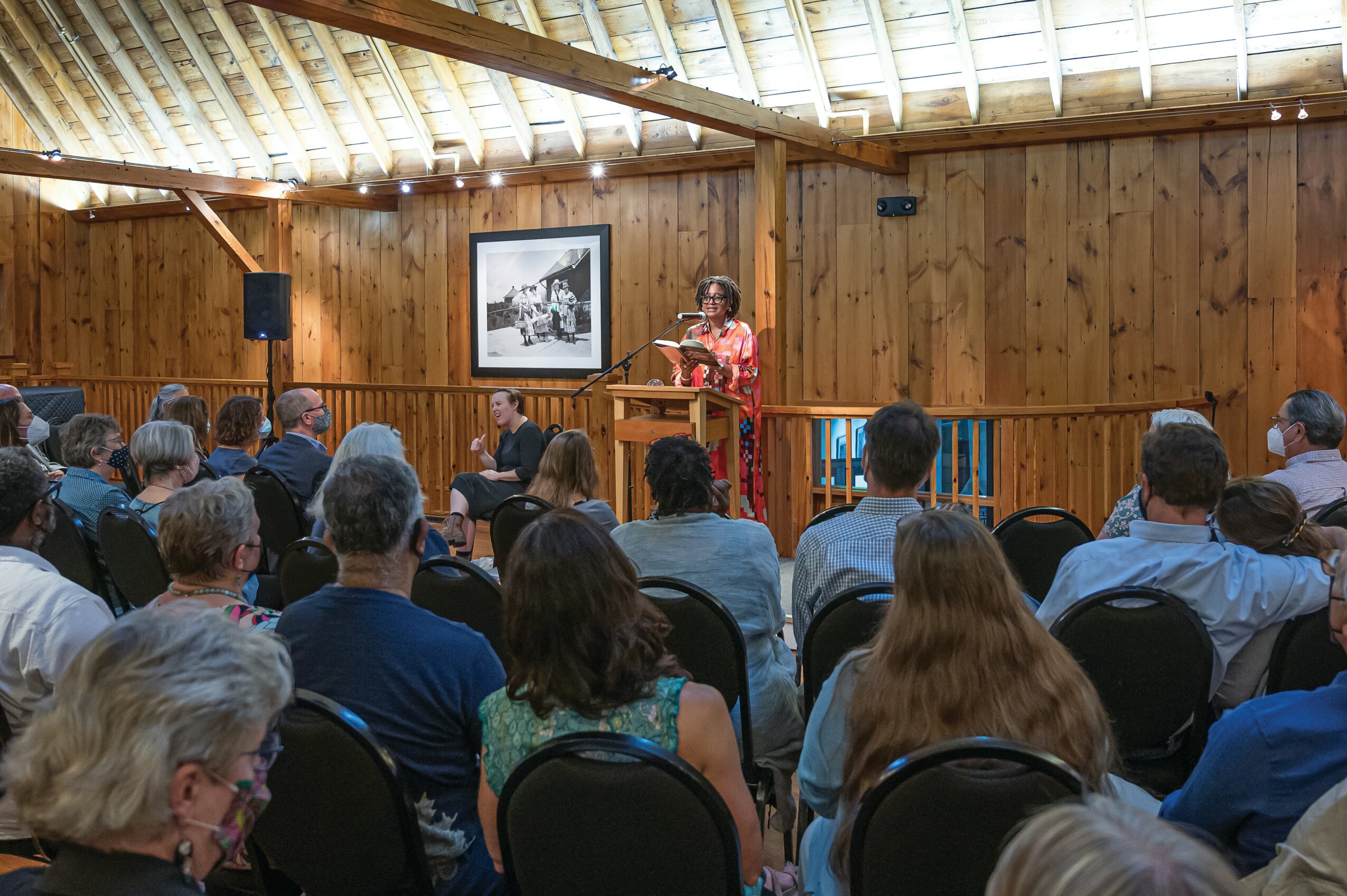
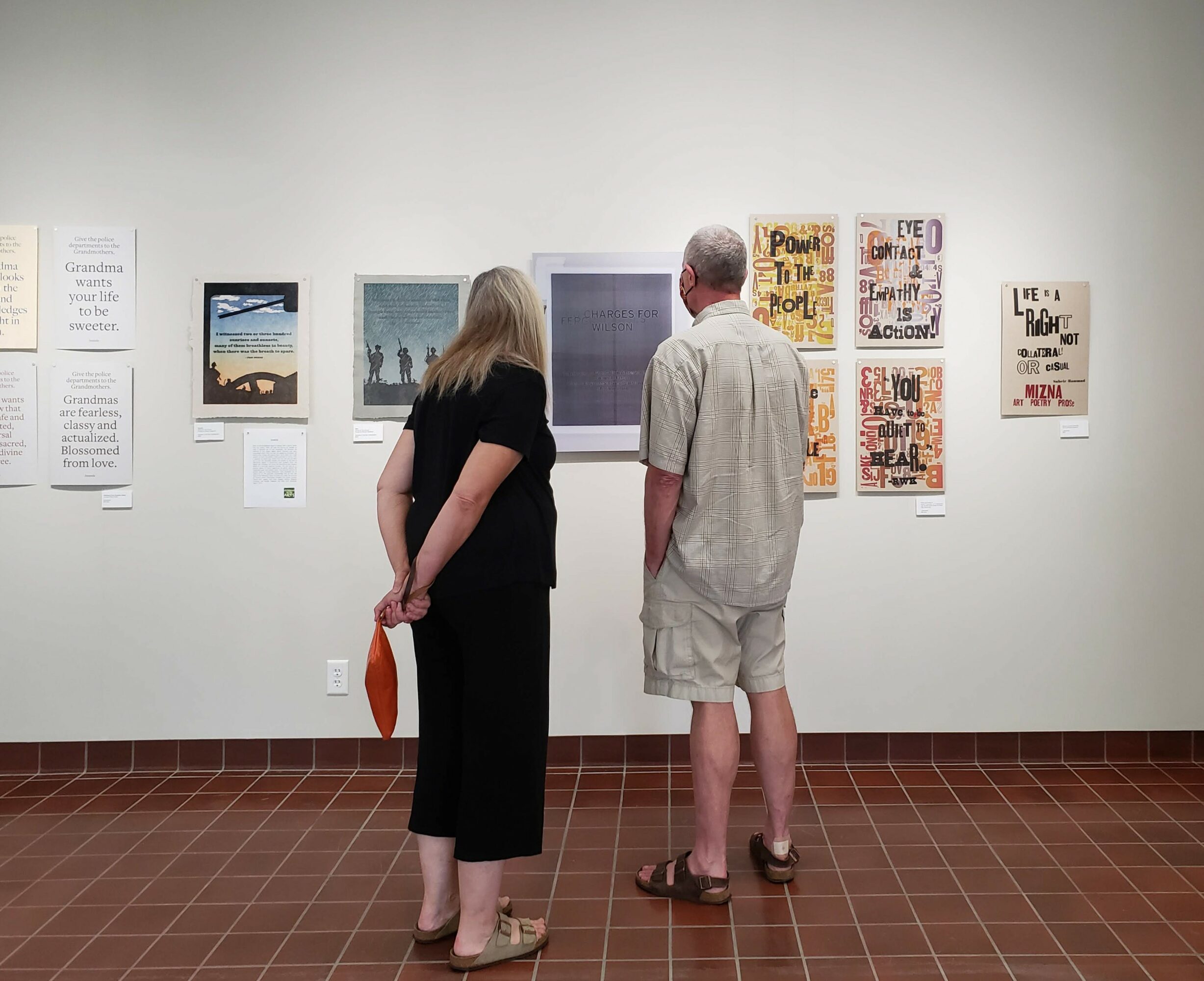
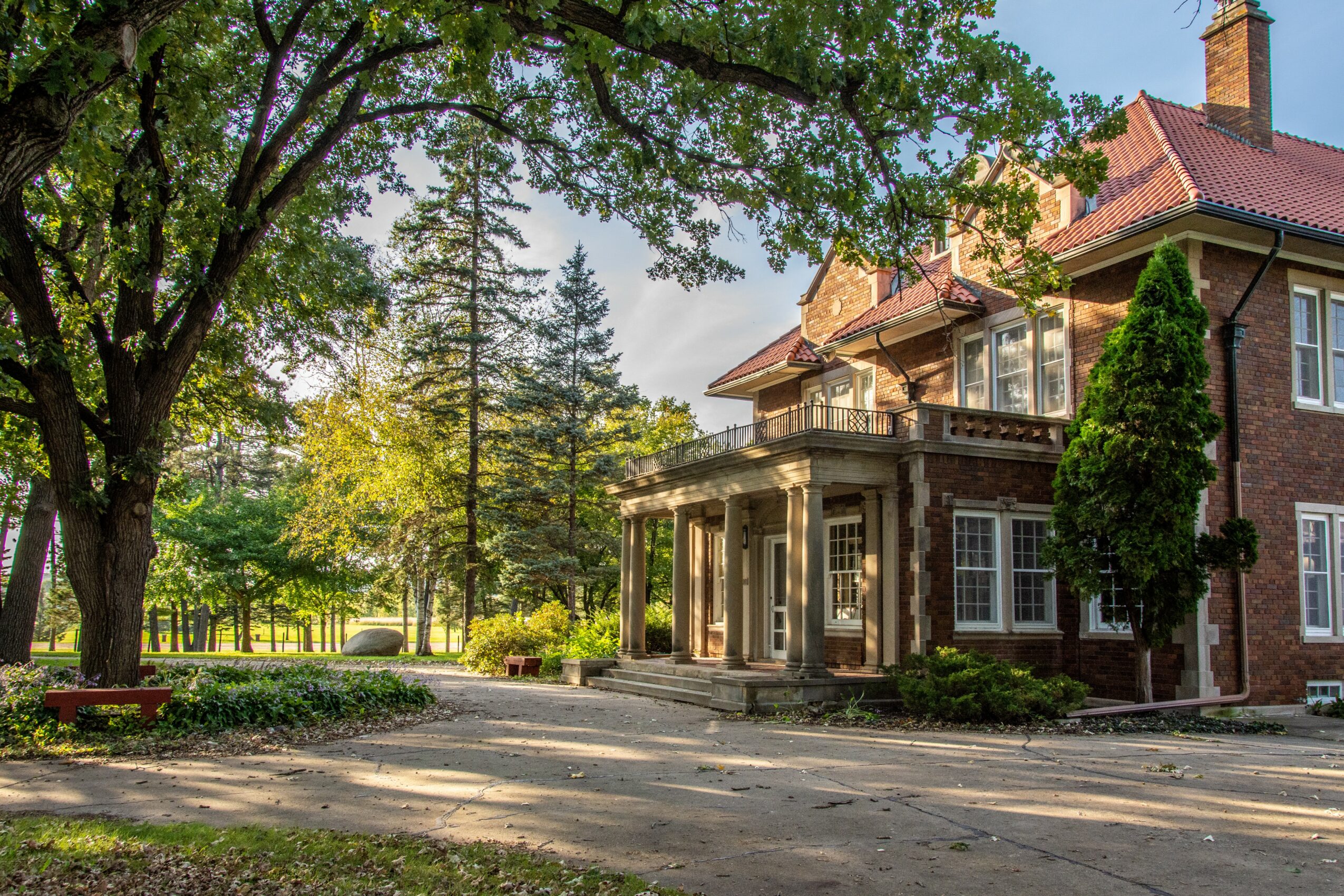
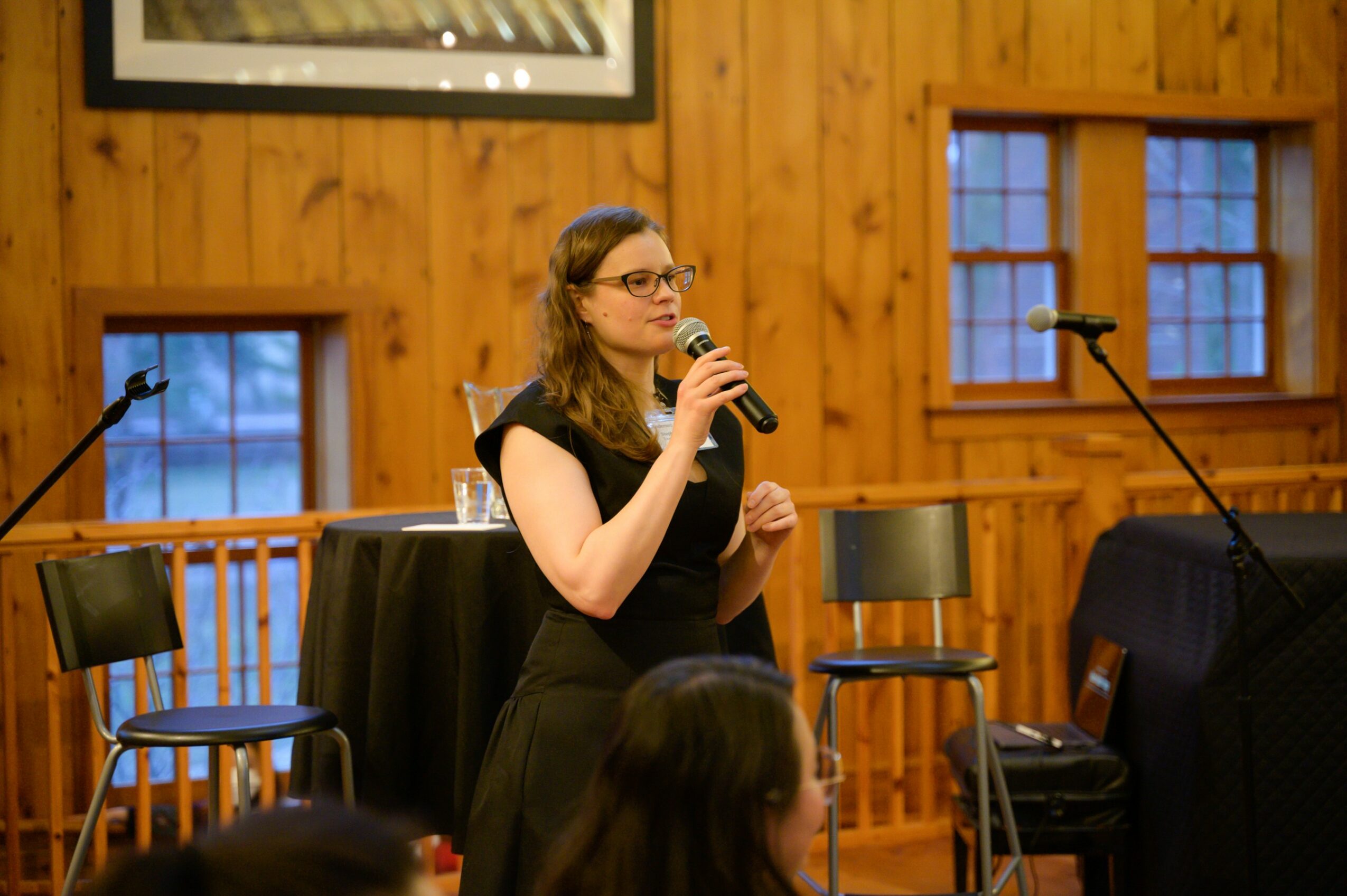
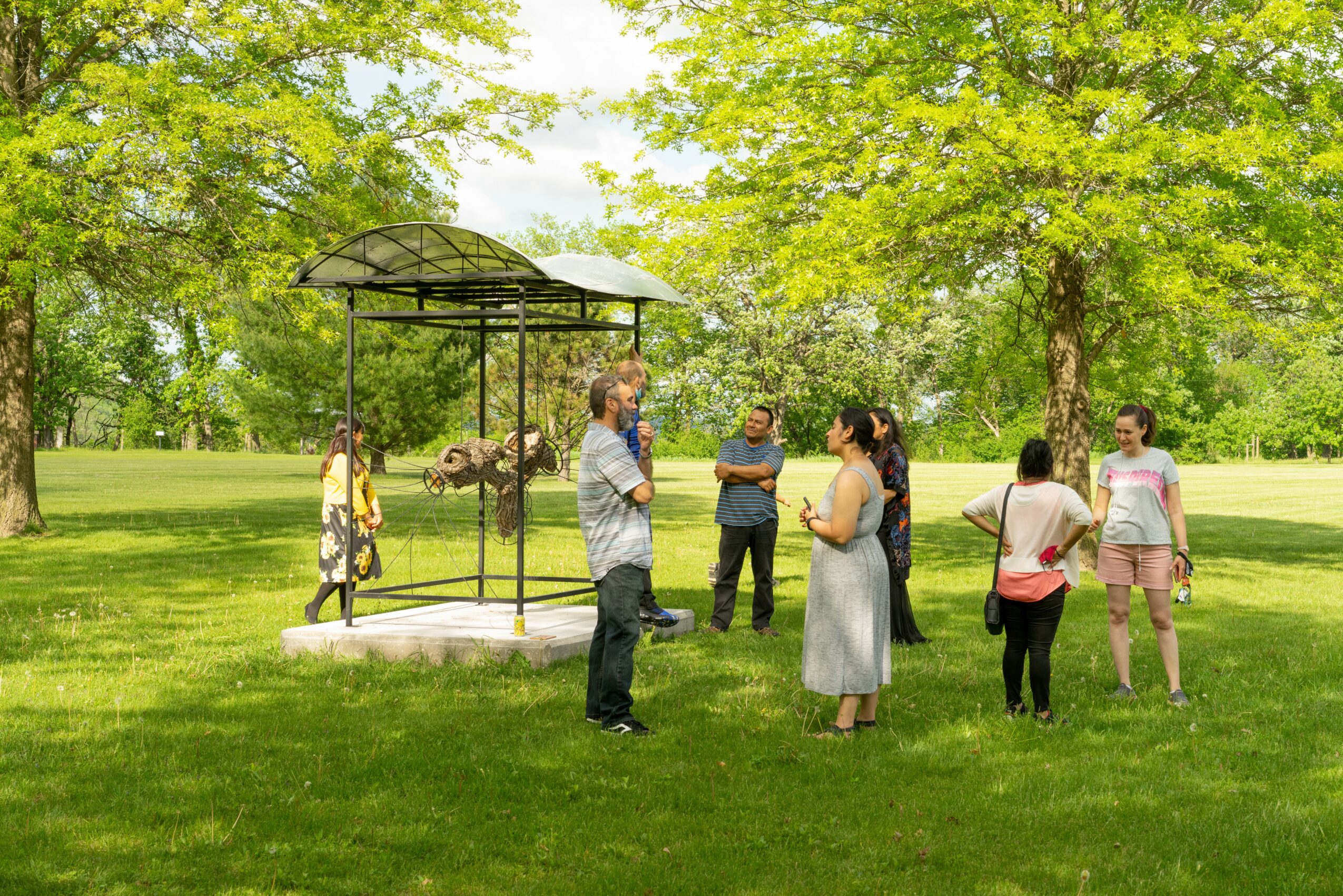
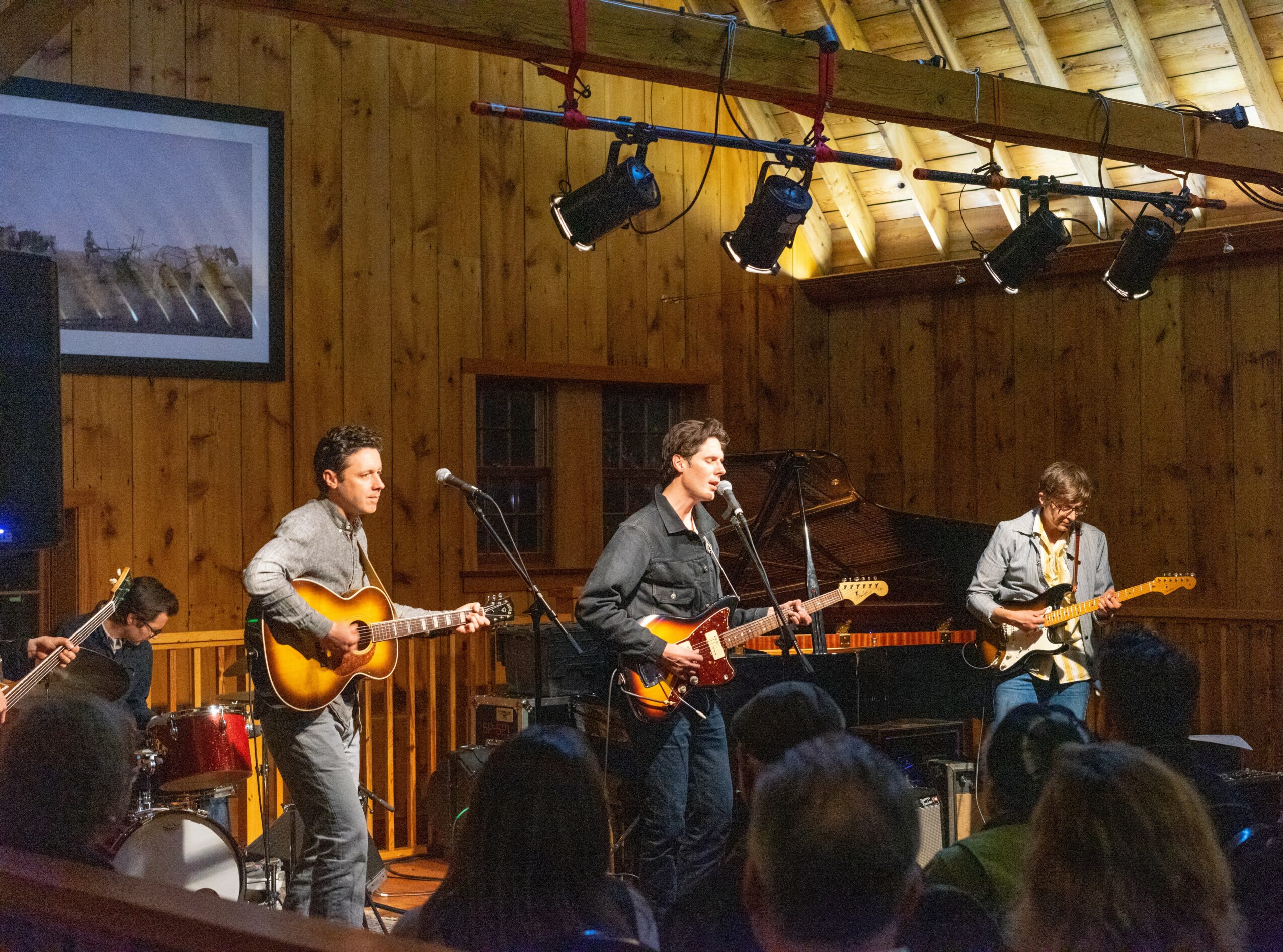
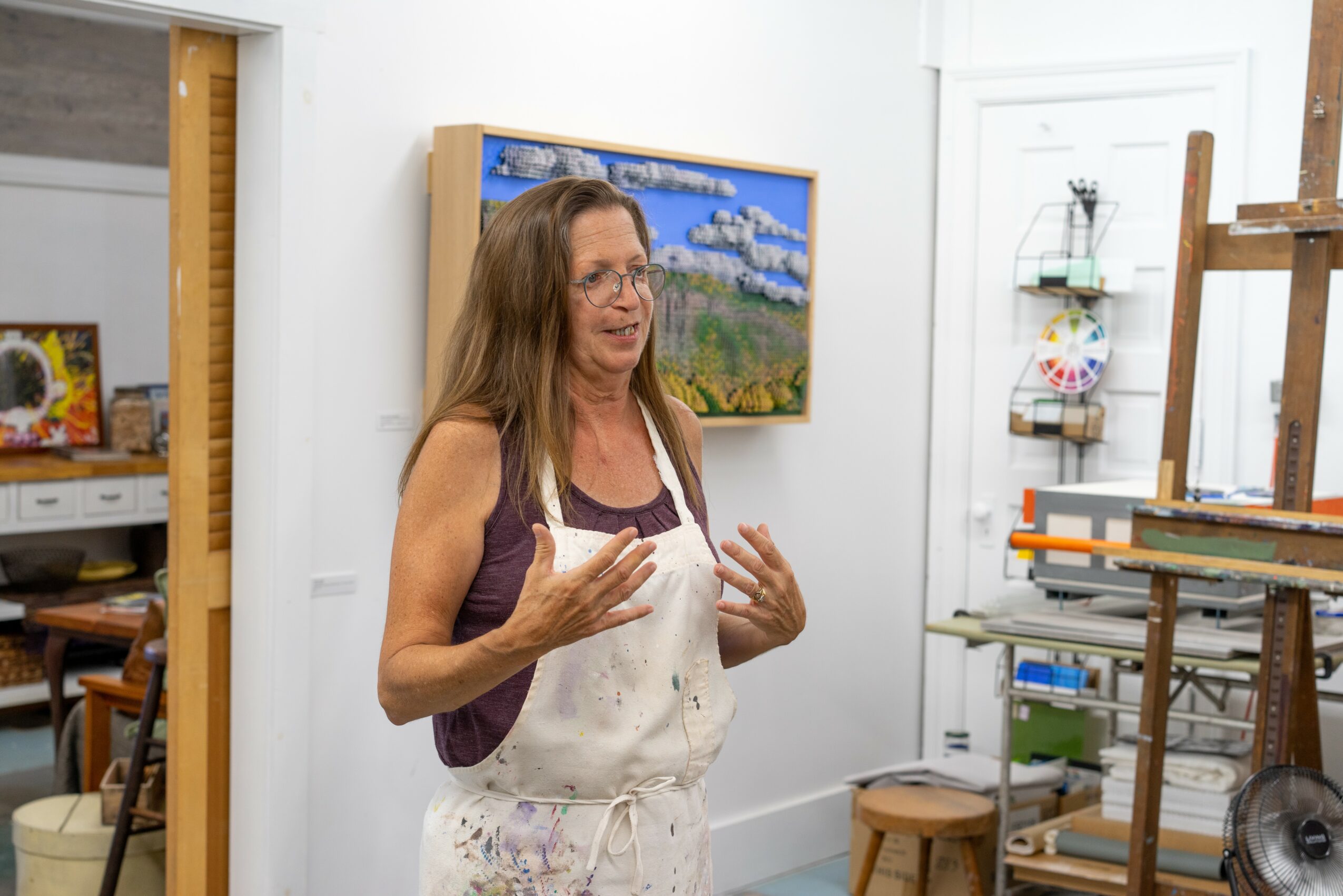
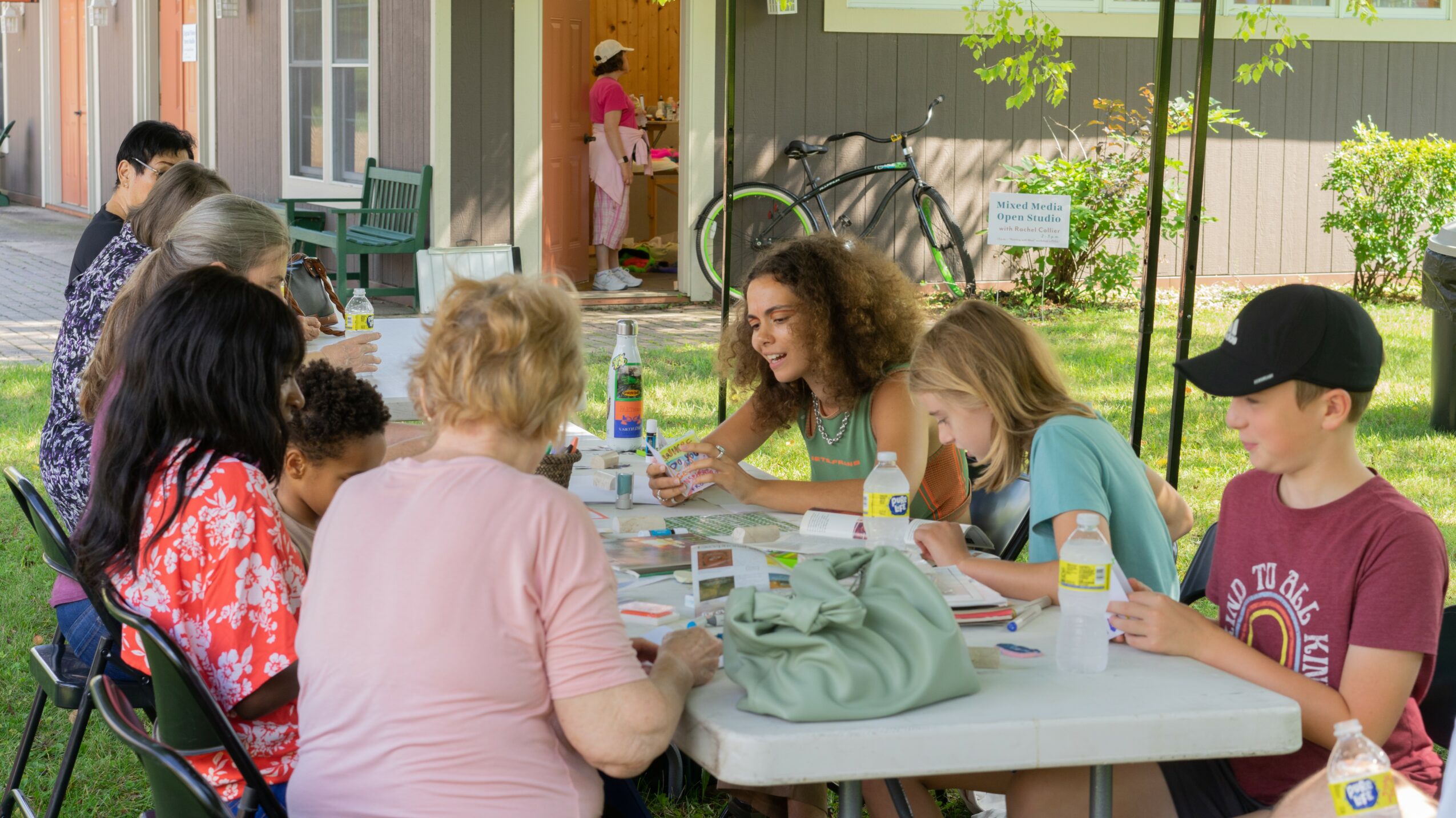
Image Credits
Main image by Jessica Sievers
Chap Achen
Stephanie Rogers
Anderson Center

